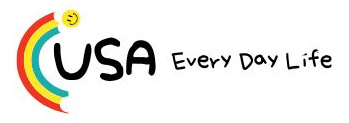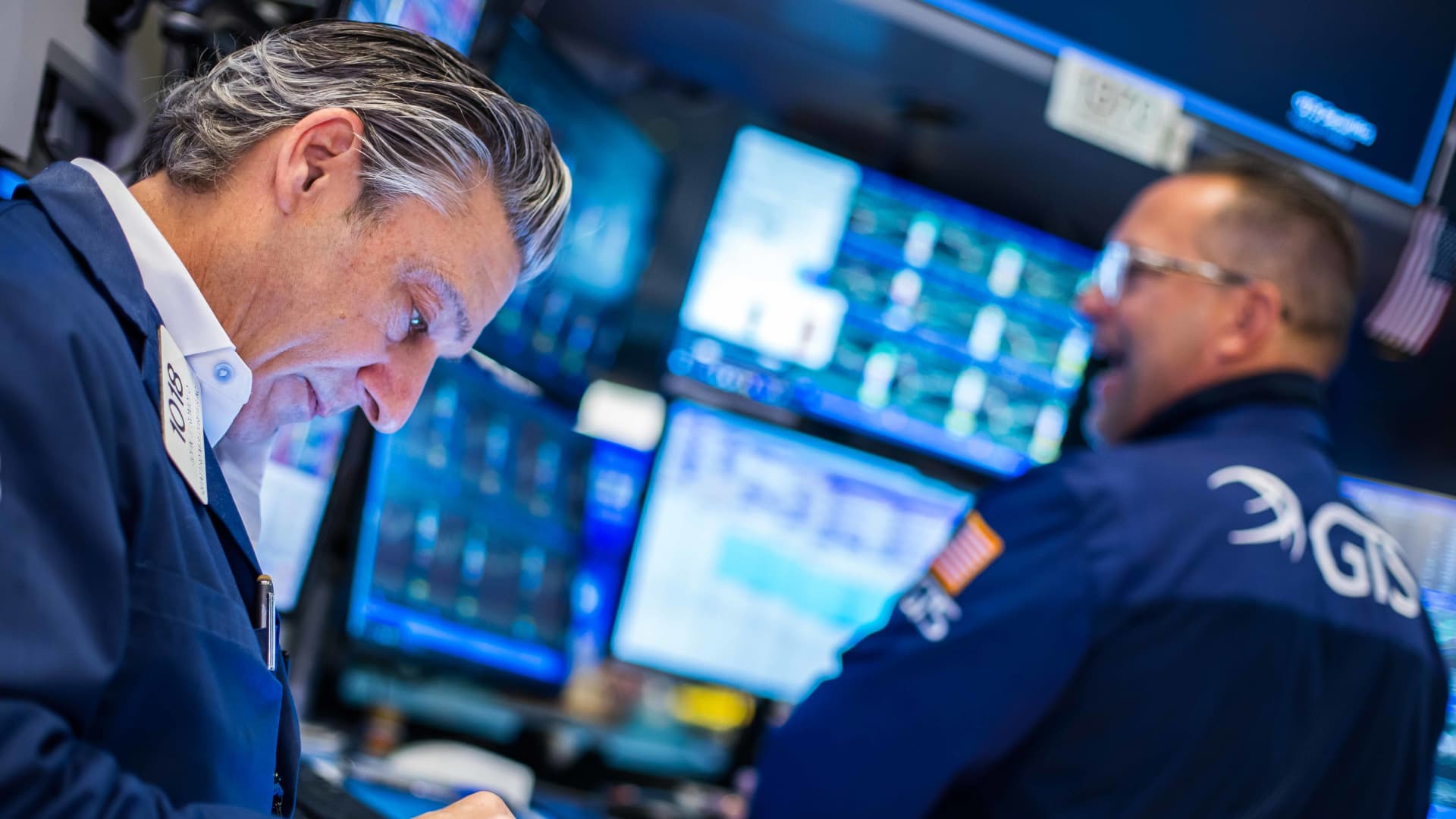The Health Care Select Sector SPDR Fund (XLV) was down over 5% in May, as the S & P 500 gained over 6%, which means that XLV underperformed the index by 11%. That’s a huge performance discrepancy. In fact, it was the worst relative monthly percent move vs. the SPX in XLV’s history, dating back to late 1998. As is clear from this long-term chart, the odds of this horribly bad relative weakness continuing at this same pace is low – at least for June. XLV itself now has approached two major long-term support levels after the recent downturn. The first is the rising trendline that begins at the 2009 financial crisis low and extends through the Covid bottom. XLV tested this line in mid-May, bounced and finished the month modestly off its lows. The second key support zone comes from the cluster of lows in 2021, 2022 and 2023, noted by the horizontal line that’s in the low 120s. The converging lines present a confluence of support that clearly could help XLV’s bouncing prospects in June. XLV: The 3 biggest holdings Believe it or not, 34 of XLV’s 61 components actually logged gains in May. That’s encouraging, but we’ll need to see its biggest holdings respond soon. If they can’t rally, XLV will continue to struggle. The three largest stocks within the ETF are Eli Lilly , Johnson & Johnson and AbbVie , which make up nearly 27% of XLV combined. So, what are the odds that all three stocks actually can mount strong up-moves in June? Let’s take a closer look. We’ll start with LLY since it’s XLV’s biggest component, with a 12% weighting. LLY last made an all-time high in August 2024. From that peak to its April low, the stock lost 30%. But as the following weekly chart (in log scale) shows, it wasn’t straight down from there. LLY logged various rallies and drawdowns since then, all of which have taken place within the pictured downward sloping trading channel. The best time to buy LLY, thus, has been after a big, long decline. The stock just fell another 20% from April 30 through May 25. As we can see, the past ensuing bounces yielded big percentage moves, even if they ultimately failed to break through the channel’s upper threshold. Additionally, LLY’s weekly Williams %R indicator (on the lower panel) is emerging from an oversold condition, which has supported three of the last four big up-moves. In fact, LLY quietly has logged gains in six of the last seven trading days. That’s a good start. JNJ (7.7% weight) has been trending lower since topping in 2022, while ABBV (6.8%) has been in a clear uptrend the last few years. However, both have experienced various swings within their respective long-term trading channels — like LLY. And with both JNJ and ABBV having sold off from their 2025 highs, now would be an opportune time for the next bounce to commence. From a big picture market perspective, rotation is an important component of true, long-lasting uptrends. Thus, if/when the air comes out of the more extended sectors and groups soon, capital could find its way to the underperforming areas, which of course, includes health care. DISCLOSURES: None. All opinions expressed by the CNBC Pro contributors are solely their opinions and do not reflect the opinions of CNBC, NBC UNIVERSAL, their parent company or affiliates, and may have been previously disseminated by them on television, radio, internet or another medium. THE ABOVE CONTENT IS SUBJECT TO OUR TERMS AND CONDITIONS AND PRIVACY POLICY . THIS CONTENT IS PROVIDED FOR INFORMATIONAL PURPOSES ONLY AND DOES NOT CONSITUTE FINANCIAL, INVESTMENT, TAX OR LEGAL ADVICE OR A RECOMMENDATION TO BUY ANY SECURITY OR OTHER FINANCIAL ASSET. THE CONTENT IS GENERAL IN NATURE AND DOES NOT REFLECT ANY INDIVIDUAL’S UNIQUE PERSONAL CIRCUMSTANCES. THE ABOVE CONTENT MIGHT NOT BE SUITABLE FOR YOUR PARTICULAR CIRCUMSTANCES. BEFORE MAKING ANY FINANCIAL DECISIONS, YOU SHOULD STRONGLY CONSIDER SEEKING ADVICE FROM YOUR OWN FINANCIAL OR INVESTMENT ADVISOR. Click here for the full disclaimer.





